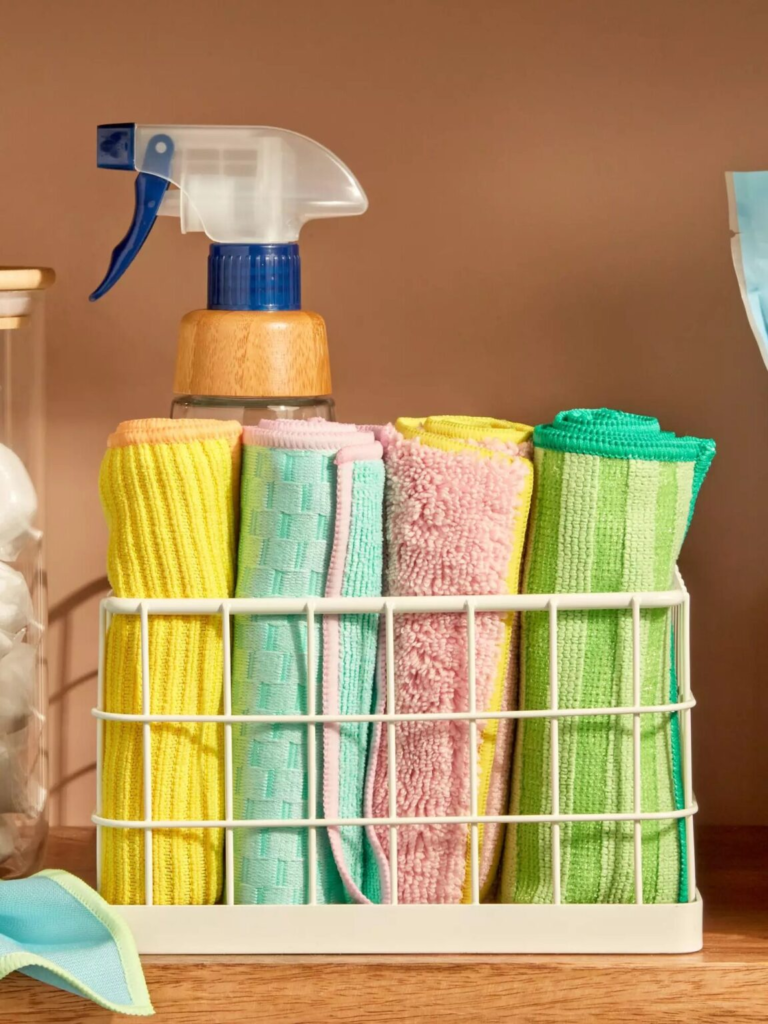Sewing your own clothes is not only a rewarding and creative hobby but also a powerful way to embrace sustainability and express your personal style. In a world dominated by fast fashion, making your own garments allows you to take control of what you wear, reduce waste, and create pieces that fit you perfectly. Whether you’re a complete beginner or someone looking to refine your skills, this guide will walk you through the basics of sewing your own clothes and help you get started on your journey to a handmade wardrobe.
1. Gather Your Tools and Materials
Before you start sewing, you’ll need a few essential tools and materials. Here’s a basic list to get you started:
Tools:
- Sewing Machine: Choose a beginner-friendly model with basic stitches.
- Fabric Scissors: Sharp scissors specifically for cutting fabric.
- Measuring Tape: For taking accurate body measurements.
- Pins and Pin Cushion: To hold fabric pieces together.
- Seam Ripper: For fixing mistakes.
- Thread: High-quality thread in various colors.
- Fabric Marking Tools: Chalk, fabric pens, or washable markers.
- Iron and Ironing Board: For pressing seams and fabric.
Materials:
- Fabric: Start with easy-to-sew fabrics like cotton or linen.
- Patterns: Beginner-friendly sewing patterns (available online or at craft stores).
- Interfacing: For adding structure to collars, cuffs, and waistbands.
- Buttons, Zippers, and Elastic: Depending on your project.
2. Learn the Basics of Sewing
If you’re new to sewing, it’s important to familiarize yourself with the basics. Here are some key skills to master:
Threading Your Machine:
- Follow your sewing machine’s manual to thread it correctly.
- Practice winding the bobbin and inserting it into the machine.
Basic Stitches:
- Straight Stitch: The most common stitch for sewing seams.
- Zigzag Stitch: Used for finishing edges and sewing stretchy fabrics.
- Backstitch: Secures the beginning and end of a seam.
Sewing Techniques:
- Seams: Learn how to sew straight and curved seams.
- Hems: Practice folding and sewing fabric edges for a clean finish.
- Gathering: Create ruffles by sewing two rows of long stitches and pulling the threads.
3. Choose a Simple Pattern
For your first project, choose a simple pattern designed for beginners. Look for patterns labeled “easy” or “beginner-friendly,” such as:
- Skirts: A-line or elastic-waist skirts are great starter projects.
- Tops: Simple t-shirts or tank tops with minimal seams.
- Pajama Pants: Comfortable and forgiving for beginners.
Most patterns come with detailed instructions, including a list of materials, cutting layouts, and step-by-step sewing directions. Take your time to read through the instructions before starting.
4. Take Accurate Measurements
To ensure your clothes fit well, take accurate body measurements. Use a measuring tape to measure:
- Bust/Chest: The fullest part of your chest.
- Waist: The narrowest part of your torso.
- Hips: The fullest part of your hips.
- Inseam: For pants, measure from the crotch to the ankle.
Compare your measurements to the pattern’s size chart and choose the size that matches closest. You can always make adjustments as you gain more experience.
5. Cut and Prepare Your Fabric
Once you’ve chosen your pattern and fabric, it’s time to cut out the pieces. Here’s how:
- Wash and Iron Your Fabric: Pre-wash your fabric to prevent shrinkage, then iron it to remove wrinkles.
- Lay Out the Pattern: Follow the pattern’s cutting layout to arrange the pieces on your fabric.
- Pin and Cut: Pin the pattern pieces to the fabric and carefully cut along the lines.
6. Start Sewing
With your fabric pieces cut and ready, it’s time to start sewing. Follow the pattern instructions step by step. Here are some general tips:
- Pin Fabric Pieces Together: Pin along the seam lines to keep the fabric in place.
- Sew Slowly: Take your time to sew straight and even seams.
- Press Seams: Use an iron to press seams flat as you go for a professional finish.
- Finish Edges: Use a zigzag stitch or serger to prevent fraying.
7. Practice and Experiment
Sewing is a skill that improves with practice. Don’t be discouraged if your first project isn’t perfect—every mistake is a learning opportunity. As you gain confidence, try more challenging patterns and techniques, such as:
- Adding Pockets: Learn how to sew inseam or patch pockets.
- Installing Zippers: Practice sewing zippers into skirts or dresses.
- Working with Knits: Experiment with stretchy fabrics for t-shirts and leggings.
8. Embrace Sustainability
One of the best things about sewing your own clothes is the ability to create a sustainable wardrobe. Here’s how:
- Use Eco-Friendly Fabrics: Choose organic cotton, linen, or recycled materials.
- Upcycle Old Clothes: Refashion garments you no longer wear into something new.
- Reduce Waste: Save fabric scraps for smaller projects like patchwork or accessories.
9. Join a Sewing Community
Sewing can be a solitary activity, but it doesn’t have to be. Join online forums, social media groups, or local sewing classes to connect with other sewists. Sharing tips, patterns, and inspiration can make the journey even more enjoyable.
Final Thoughts
Sewing your own clothes is a fulfilling and empowering skill that allows you to create garments that reflect your style and values. While it may seem daunting at first, with patience and practice, you’ll soon be crafting beautiful, sustainable pieces that you’re proud to wear. So, grab your fabric, thread your machine, and start stitching—your handmade wardrobe awaits! Happy sewing!






